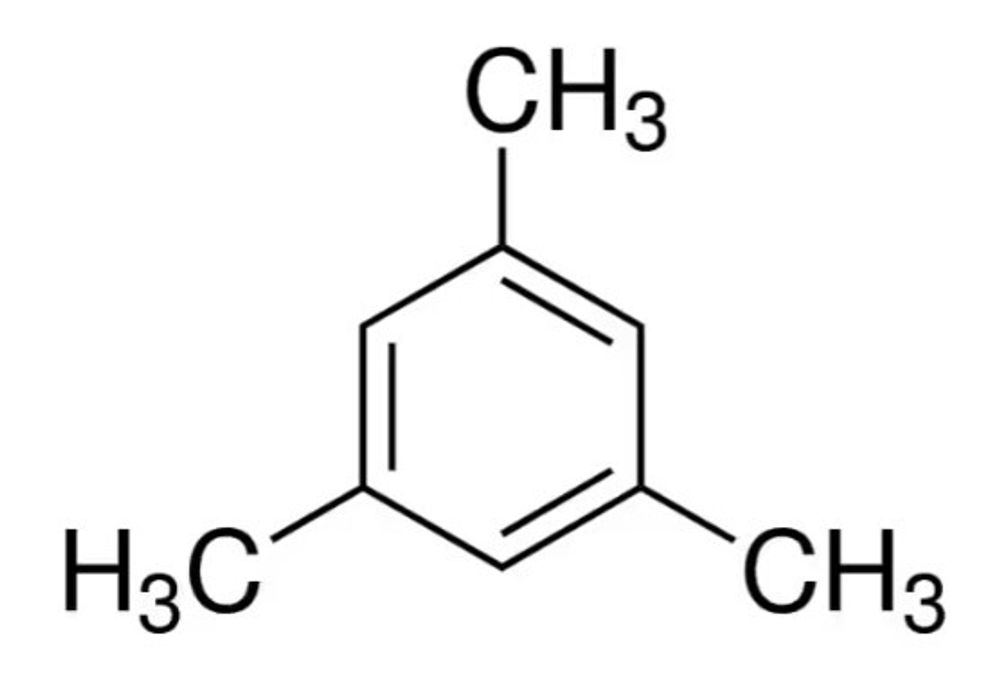Understanding Mesitylene: Overview of its Properties and Applications

Mesitylene, also known as 1,3,5-trimethylbenzene, is an aromatic organic compound consisting of a benzene ring substituted with three methyl groups at the 1,3,5 carbon positions. With the IUPAC name 1,3,5-trimethylbenzene, C9H12 has the molecular formula C9H12 and a molecular weight of 120.19 g/mol. At room temperature it is a clear, volatile liquid with a characteristic aromatic odor.
Structure and Isomers
The benzene ring structure gives C9H12 its aromatic properties while the three methyl substitutions make it a branched aliphatic hydrocarbon as well. There are three structural isomers of C9H12 depending on the location of the methyl groups – 1,3,5-trimethylbenzene (the IUPAC name), 1,2,4-trimethylbenzene, and 1,2,3-trimethylbenzene. 1,3,5-trimethylbenzene is the most stable isomer due to symmetric substitution that results in minimal strain.
Physical and Chemical Properties
Some key physical properties of C9H12 include:
- Boiling point: 165°C
- Melting point: -45°C
- Density: 0.86 g/cm3
- Solubility: Soluble in organic solvents, insoluble in water
- Vapor pressure: 2 mmHg at 20°C
Chemically, Mesitylene C9H12 is relatively inert under normal conditions due to the delocalized pi electrons of the aromatic ring. However, the methyl groups are activated towards electrophilic aromatic substitution reactions. Common conversions include nitration, sulfonation, halogenation and Friedel-Crafts alkylation/acylation. Oxidation or reaction with strong acids and bases can also occur at the methyl substituents.
Production and Applications
Industrially, C9H12 is produced as a byproduct during the separation of BTX aromatics from catalytic reforming or steam cracking of petroleum. It can also be synthesized through Friedel-Crafts alkylation of toluene with propylene.
Some key applications of C9H12 include:
- Solvent – Used as an organic solvent in industries such as plastics, rubbers, coatings due to its low toxicity and aromatic properties.
- Fuel blending – Added to gasoline and jet fuels to improve combustion efficiency. Higher octane rating than benzene.
- Pharmaceuticals – Intermediate in the production of drugs and agrochemicals through substitution reactions on the aromatic ring.
- Perfumes and fragrances – Component of synthetic fragrances due to its pleasant odor.
- Lubricant additives – Acts as a dispersant and detergent additive for engine oils and greases.
- Plastics and resins - Used in the synthesis of polymers like polyesters, nylons and epoxy resins.
- Laboratory reagent – As a non-polar solvent in organic synthesis and extractions in chemistry laboratories.
Get more insights on - Mesitylene
- Industry
- Art
- Causes
- Crafts
- Dance
- Drinks
- Film
- Fitness
- Food
- Games
- Gardening
- Health
- Home
- Literature
- Music
- Networking
- Other
- Party
- Religion
- Shopping
- Sports
- Theater
- Wellness
- News


